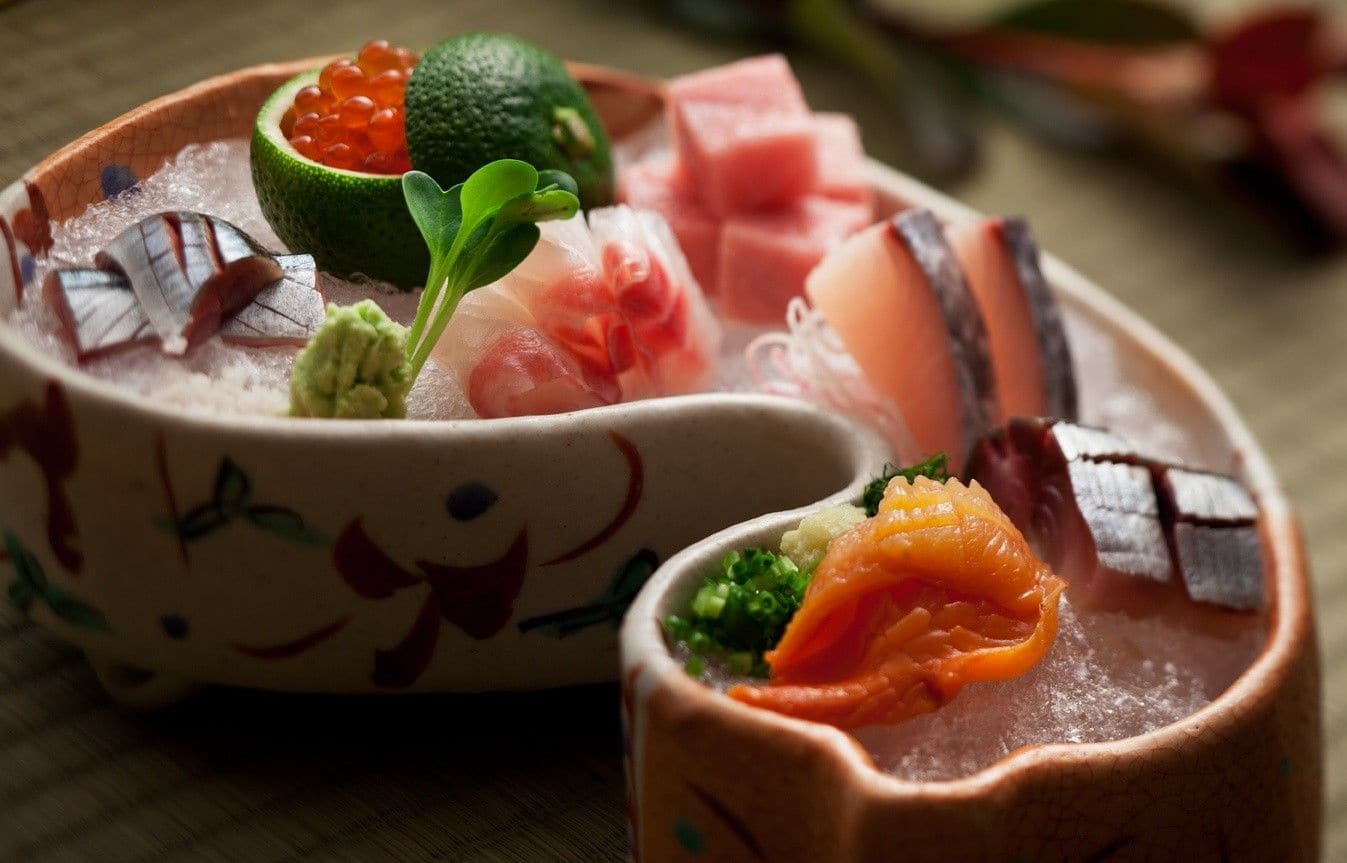
13 Fantastic Japanese Restaurants in China
Read on to find 13 carefully selected Beijing and Shanghai restaurants offering real Japanese cuisine made with seasonal ingredients imported from all over Japan. *In this article, we'll introduce shops covered by the Taste of Japan Management Office.
Kyozakura — Splurge on Sushi & Teppanyaki

Kyozakura mainly serves sushi and teppanyaki and the two private rooms are fitted with hot plates, where the chef will show off his teppanyaki skills in front of customers. Also, the open kitchen has a glass barrier, so you can watch sushi being prepared before your eyes. By actually showing the chef’s preparations, even people eating Japanese food for the first time can get a deeper understanding of Japanese cuisine.
Shinbashi 7-Chome — The True Atmosphere of Casual Japanese Dining

Shinbashi 7-Chome is run by friends who met while studying abroad in Japan. It's an izakaya-style restaurant with a relaxing, homely atmosphere. The restaurant imports sake and spices from Japan. They continue working to offer similar authentic flavors and atmosphere to the izakaya-style restaurants in Japan.
Izakaya Hashiba — Focusing on Genuine Flavors of Japan
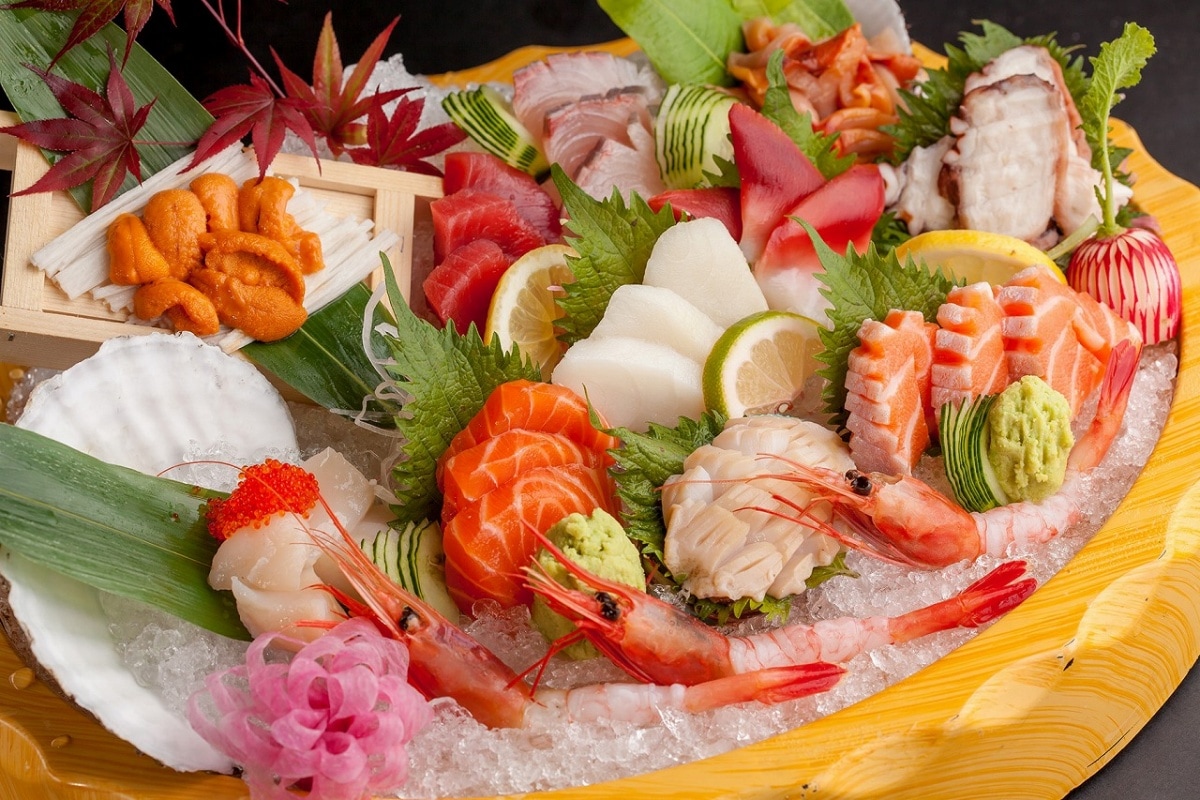
The most characteristic feature of Izakaya Hashiba is almost certainly its interior. The restaurant is open and spacious and was built to resemble the sukiya-zukuri form of Japanese architecture. Lattice doors and tsuchikabe (wattle and daub walls) create a chic Japanese atmosphere. The seats on the second floor encircle the floor below and have been positioned in private rooms, making for a space much like the second-floor box seats of a Beijing opera house.
Matsuko — One of Most Famous Japanese Restaurants in Beijing
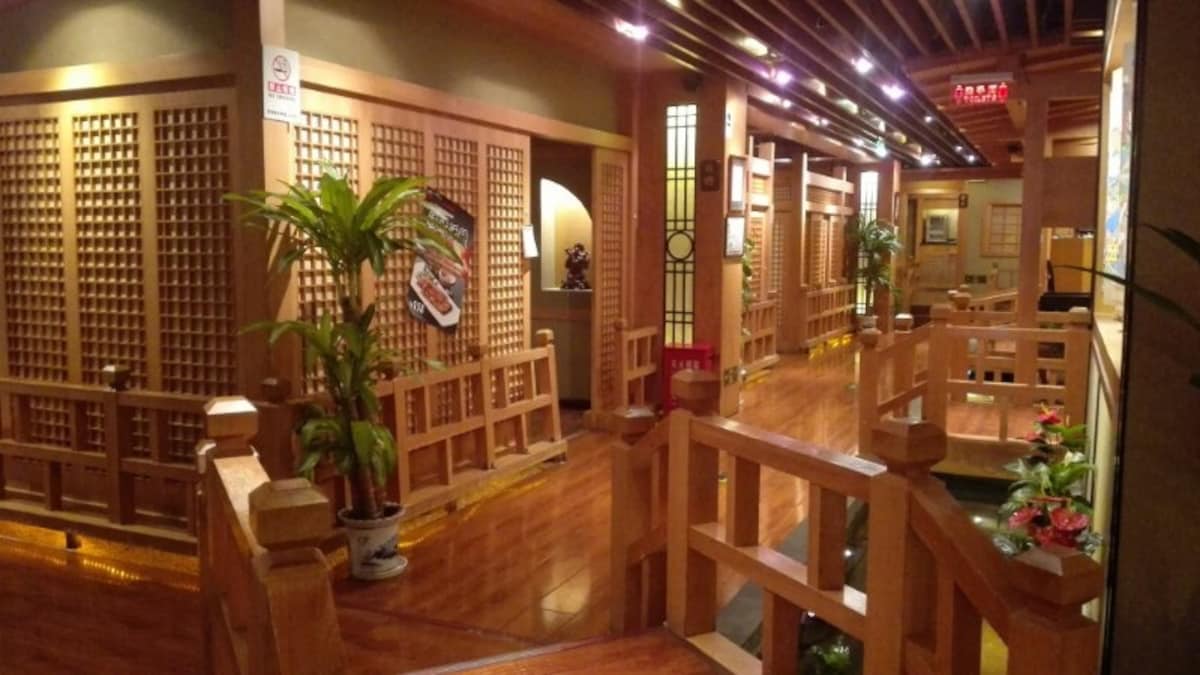
In Beijing, you’d be hard pressed to find a local who hasn’t heard of Matsuko. Matsuko was the first Japanese restaurant in Beijing. Today, it has grown to nine locations within the city, all large restaurants at over 900 square meters—a clear sign of Matsuko’s success.
MIZUKI — Bringing out the Flavors of Each Ingredient

Mizuki’s most recommended dish is the eel kamameshi. Eel creates the center point for this dish with beef, red snapper, mushrooms, salmon and other ingredients slowly grilled to perfection on a bed of rice in a kama (iron pot) for an exquisite treat with a perfect harmony of flavors. This dish takes some time to come to the table, as it is made to order, but it's well worth the wait.
SAOYA — the food, such as local Kagoshima dishes wholeheartedly prepared by the master
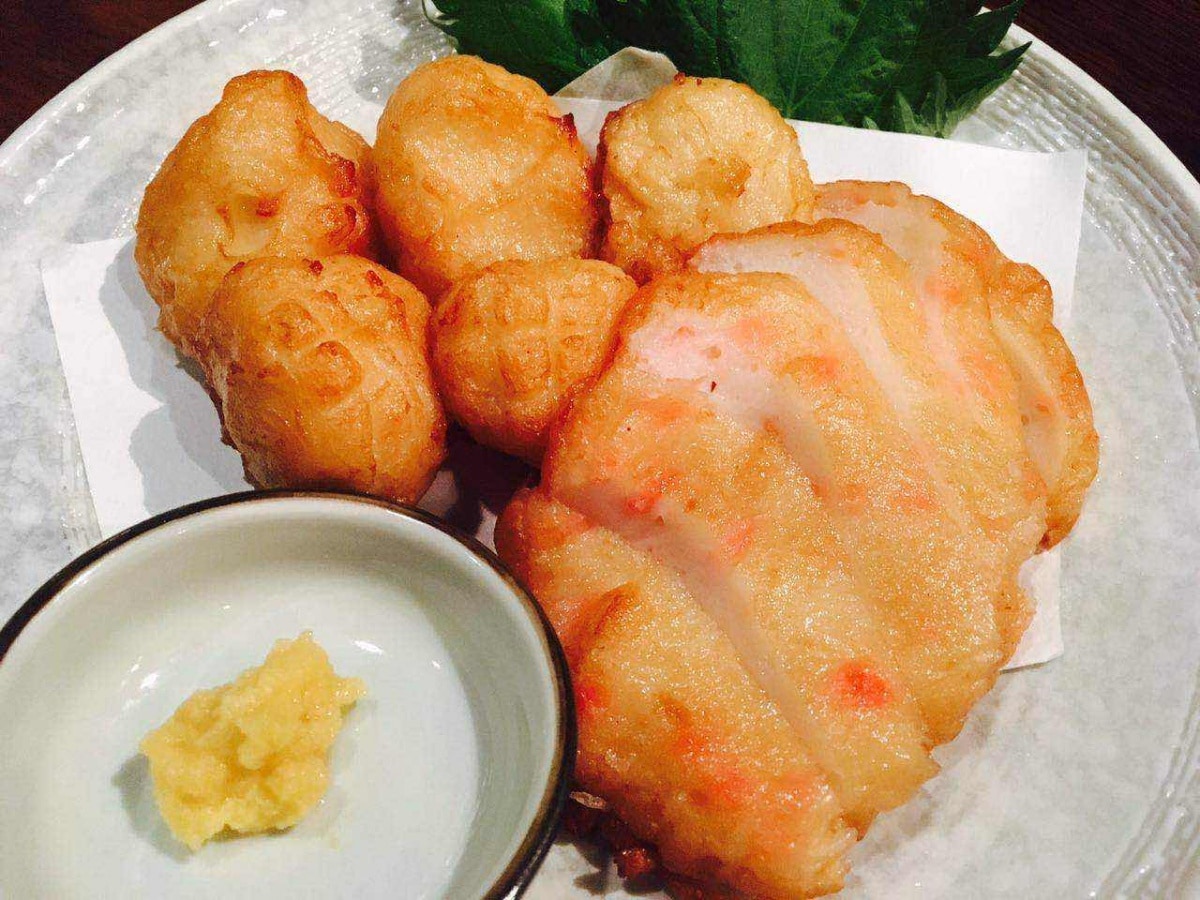
After opening five restaurants across Kagoshima Prefecture, Saoya’s success has brought the beloved izakaya to Shanghai, expanding to three branches. A homely Japanese pub, Saoya is managed by Mr. Saoyama, the famous owner whose familiar caricature can be seen on the signboard. With his bright personality and laughter, he creates a fun atmosphere and always puts a smile on the faces of customers.
SUN with AQUA — In the Magnificent Bund Building
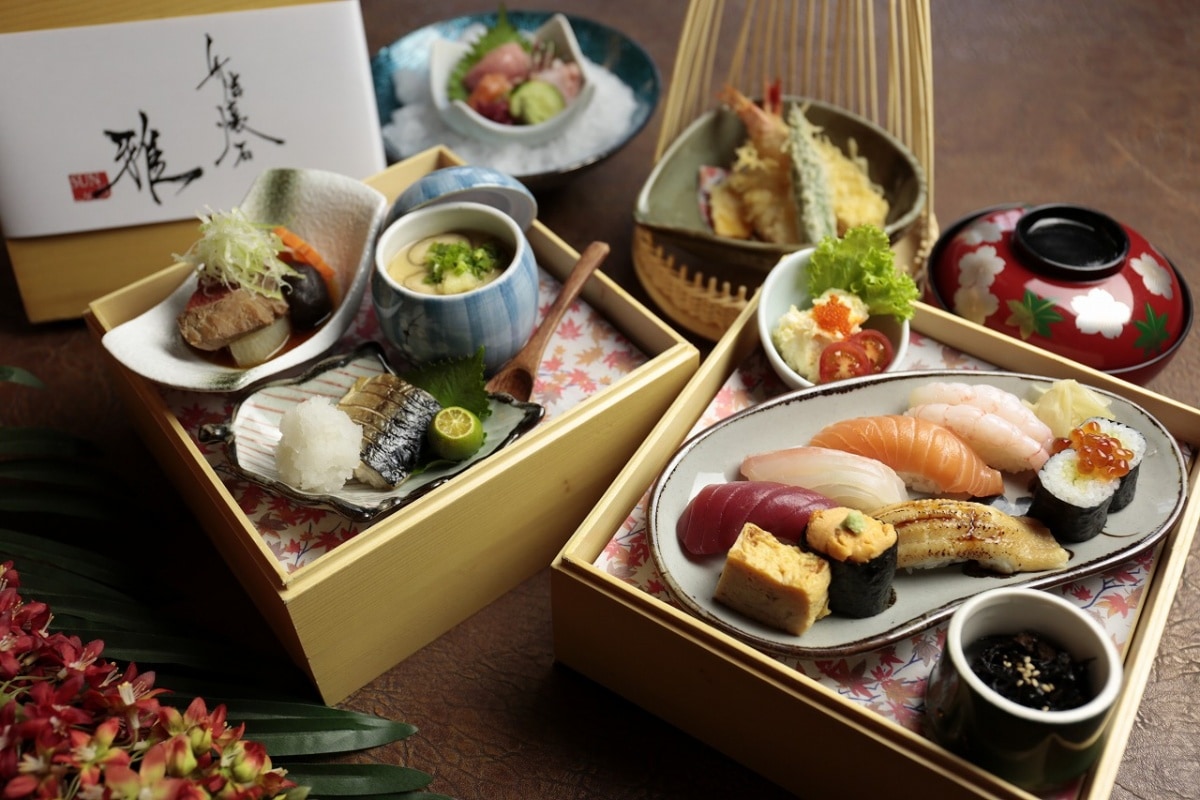
SUN with AQUA Japanese Dining is located in The Bund, one of the most fashionable districts of Shanghai, and, moreover, it is housed within the oldest building in The Bund: 6 Bund, a stunning building with Gothic spires that was built in 1897. It is operated by a subsidiary of Suntory's food and beverage division, which also has branches in Singapore and Hawaii.
Tenya — Featuring Tuna Direct from Tsukiji
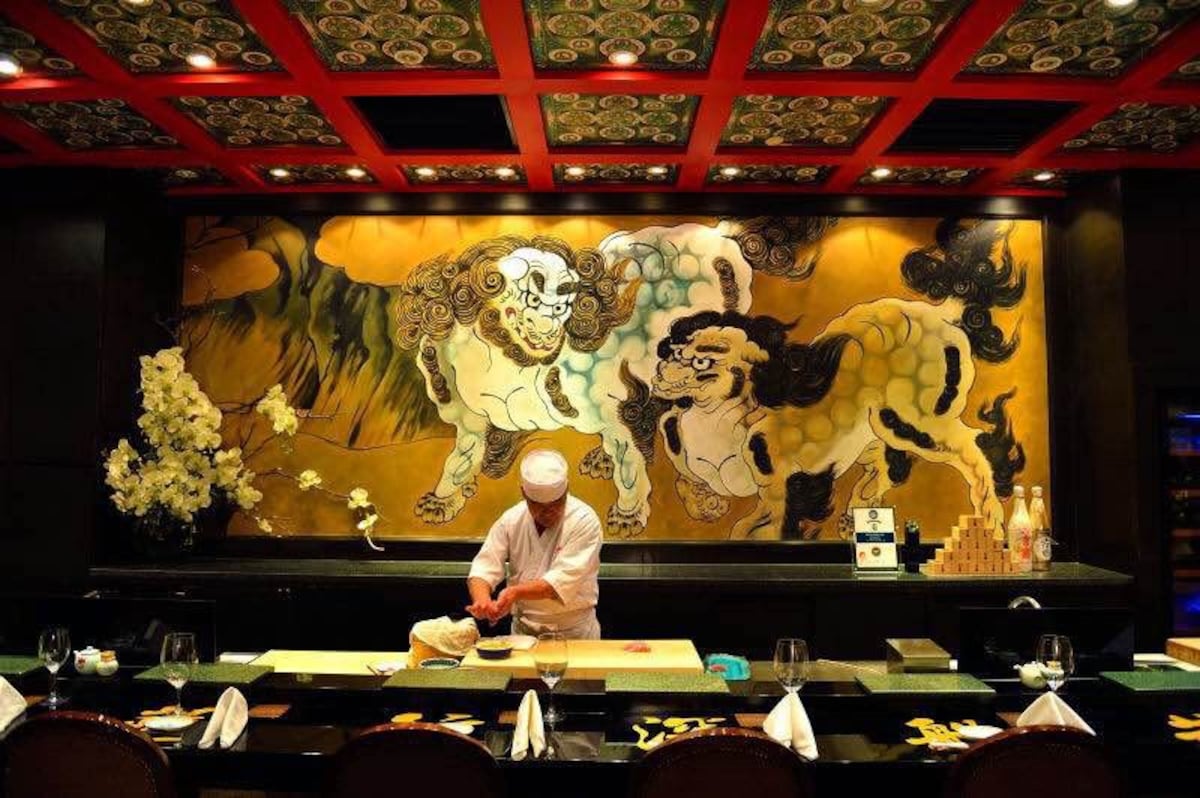
Tenya, whose first branch opened in 2005, is a restaurant specializing in tuna, and it has since become overwhelmingly popular with both Chinese locals and foreigners. President Yasuyuki Shimahara, who grew up in a family of tuna fishermen in Kochi, from an early age used to eat the tuna brought home by his father, so he knows every part of the fish and can judge its taste with his finely tuned sense of smell.
Yamazato — representing Japanese cuisine on the prestigious Okura Garden Hotel

Yamazato is representing Japanese cuisine on the second floor of the prestigious Okura Garden Hotel. In a modern space that boldly fuses glass with the Japanese style of abundant blond wood and bamboo, the kaiseki cuisine that weaves together seasonal ingredients with master craftsmanship and the various delicately flavored Japanese dishes are all popular with Japanese people living in Shanghai as well as local Chinese people.
Anthologia — A New Style of Entertainment Restaurant
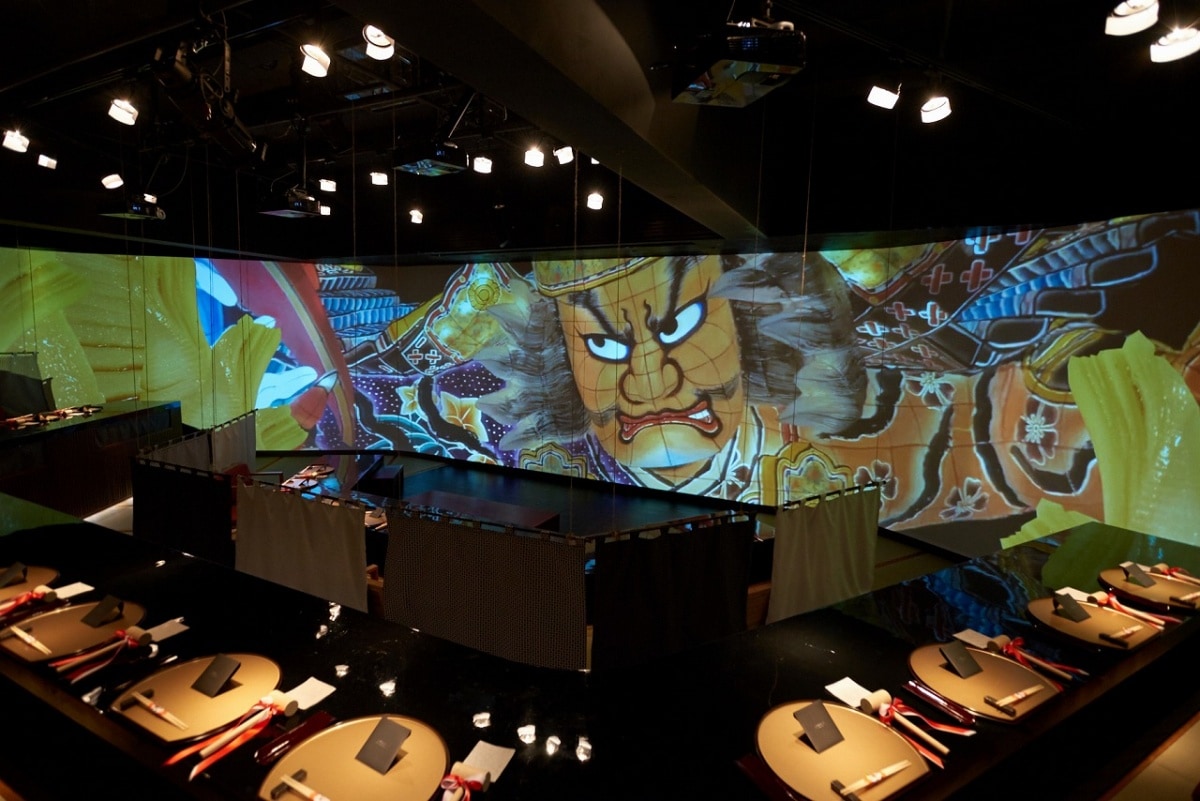
Anthologia, with the seating spreading out in the shape of a fan, it is just like a theater. All 46 seats are such that you cannot see who is at the next table. There is only one seating per day, all servings start at the scheduled time of 7 p.m. and you enjoy the cooking while watching a 180-degree screen.
Kappo Yu — Creative Cuisine with a Twist
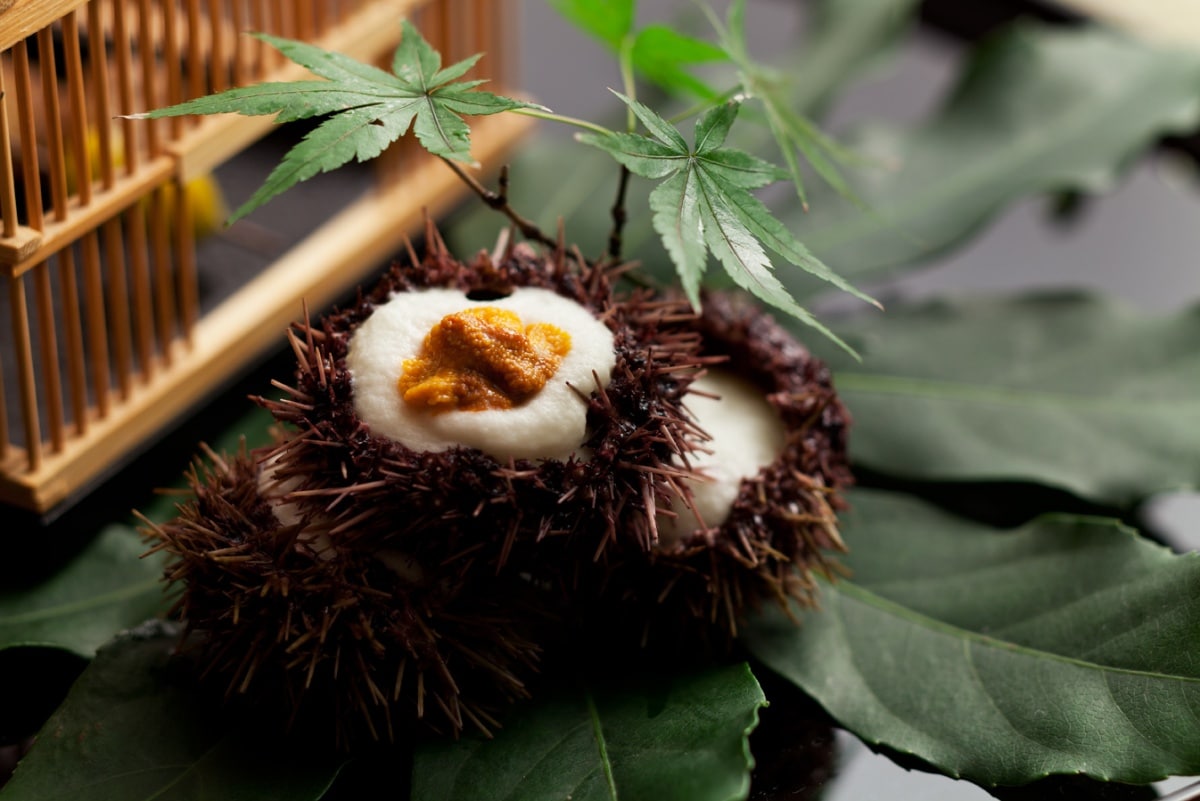
Kappo Yu stands unassumingly along a narrow street just off Wuxing Road, close to Hengshan Road, a fashionable spot lined with Western-style buildings. There is not an obvious sign, but the authentic Japanese appearance catches the eye. It’s a restaurant where you surely sense a commitment to constantly thinking hard about how to let the customers enjoy themselves.
Monbei — soba noodles carefully mill the buckwheat flour themselves
Monbei operates nine soba noodle restaurants in China, mainly situated in Shanghai. Monbei’s main selling point is the fine soba noodles made by hand at every step of the way, starting from grinding the buckwheat grain, but they also have a full menu of other dishes as well, including sashimi, grilled items, fried items and stewed items.
Ochobo — Starring Sea Urchin Tempura

Conveniently located near a subway station on the second floor of a fashionable Western-style building, Ochobo offers kaiseki cuisine in a hidden-away atmosphere. Having fallen in love with the sight of the beautifully and prettily presented dishes, you can enjoy them at your leisure.
Maruchu — 100-Year History in Japan
This is the Shanghai location of Maruchu, a restaurant with a 100-year history and another 200 or so locations in Japan, centering on Aichi and the Tokai region. The sushi at the Shanghai location, made by a veteran head chef who has brought 20 years of sushi-making experience with him from Japan, has many fans among guests from Japan and China alike. In addition to the sushi, eel dishes are also among the specialties here.
If you'd like to try your hand at making some Japanese cuisine of your own, the following shops are packed with Japanese ingredients to get you started!
Marche — Prized Meat & Vegetables
The spacious interior is packed with safe and delicious products carefully selected by the owner, from fresh foods to Japan-imported seasonings, snacks, food products, frozen foods and everyday necessities. The fresh vegetables and meats available are the pride of the shop and come highly recommended. The vegetables are organic and free of fertilizers. The beef is imported from Australia and available sliced like in Japan.
Shinsen-kan — 2,500-Strong Selection
Shinsen-kan stocks around 2,500 different products. As you might expect of a supermarket of Japanese origin, 30 percent of the products are made up of cup ramen, ice cream, seasonings and other goods imported from Japan, which are precious commodities for Japanese expats and Chinese Japanophiles.
